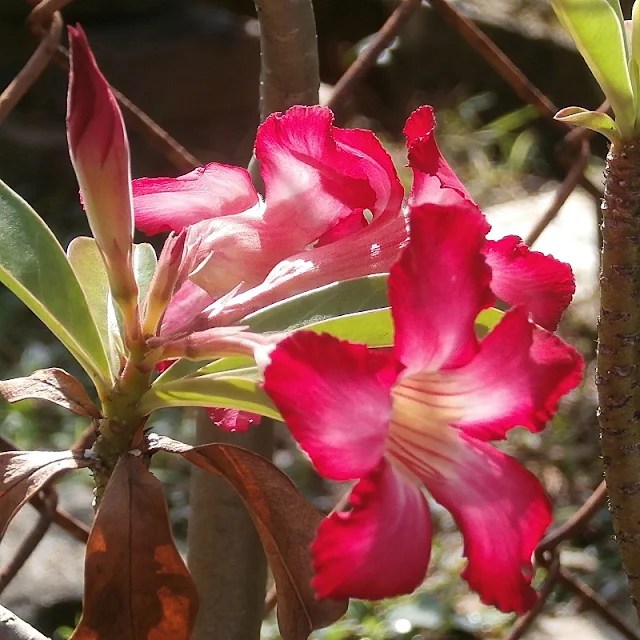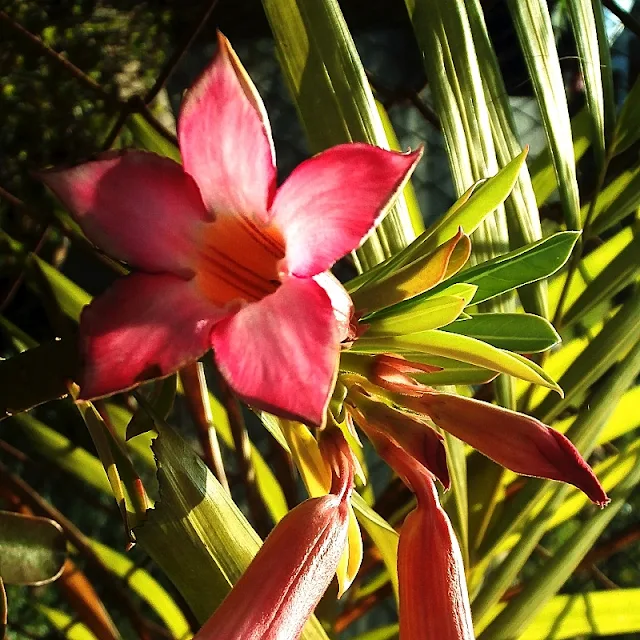Many things in life have always been meant to be simple and affordable, and accessibility to the mass of low-cost vintage digital cameras, or digicams, is one of them that is neither a burden on the budget nor a hindrance to the experience. One genre to look at is the ubiquitous compact or ultra-compact superzoom cameras with CCD sensors, the constant companion for family candids, parties and portraits, and of course, the travel scene.
Though the function and functionalities have since been replaced by the tsunami of smartphones, the legacy of the sensor they were built with, the CCD, and the images they capture, however, lives on. The CCD sensor, the standard for digital cameras from the mid-90s to early 2010s, was accepted for its high-quality images, color accuracy, and low noise level, as well as being criticized for being too film-like.
While CCD camera enthusiasts may still be far and few, the belief that there is still life in the CCD sensor is definitely there. Do not worry if you are an early vintage digicam, a super compact traveler, a digital bridge, or a vintage DSLR enthusiast, there is still a CCD sensor digital camera that will fit your bill out there.
I did my thing, upped the ante, and upgraded the 14MP CCD Sensor Olympus VR-330 which I already have, to the 16MP CCD Sensor Olympus VR-370 recently.
Olympus VR-370
The Olympus VR-370 comes with a 16MP CCD sensor, TruePic III+ Image Processor, 12.5X optical zoom lens with a 35mm equivalent of 24-300mm lens, built-in flash, easy-to-use zoom, easy access menu control, ergonomic grip design, dedicated one-touch video button, 3.0-inch LCD with 460k-dot resolution, and Dual Image Stabilization for sharper images in dim light and when shooting at long telephoto focal lengths.
Designed to be easy to use with its built-in flash, easy zoom and menu control, ergonomic grip design, and a dedicated one-touch video button that will switch you from photo mode to video in an instant, the Shooting Modes available on the VR-370 include iAuto (Intelligent Auto), Program Auto, Beauty, Scene, Magic, and Panorama.
- iAuto mode reads your scene and optimally adjusts the camera's settings to match that scene, which includes Sunset, Fireworks, Candlelight, Beach, and Sport.
- In Program Auto you will have access to settings for Auto Flash, Macro Modes, Self-Timer setting, Exposure Compensation, White Balance, ISO speed setting, Shutter sequence, and further access to the general Many System of the camera.
- Beauty mode lets you shoot a front-facing portrait and be taken to an interface where you can lighten the skin tone, whiten teeth, and apply blush, eye shadow, and lipstick.
- Scene Mode selections let you set the camera setting for Portrait, Landscape, Night Scene, Night+Portrait, Sport, Indoor, Candle, Self Portrait, Sunset, Fireworks, Cusine, Documents, Beach & Snow, and Pets.
- Magic Mode lets you add Art-Filter effects to the image with Pin Hole, Drawing, Soft Focus, Punk, Sparkle, Watercolor, Reflection, Miniature, and Pop Art with further settings for Flash, Macro Mides, Self-Timer, Exposure Compensation, White Balance, and MP count.
- Panorama Mode lets you capture images in a panoramic sequence which can be edited via the Olympus Viewer 3 tabletop software application.
The VR-370 also features Face Detection, a tool that recognizes when you are shooting people and automatically adjusts the camera for the ideal portrait exposure, and AF Tracking, which will follow a moving subject, like a pet or a child, and constantly adjust focus and exposure so the camera has the correct settings when you are ready to shoot.
Dual Image Stabilization combines Sensor-Shift Image Stabilization with high ISO sensitivity to compensate for the image blurring due to camera shake.
The VR-370 is powered by a powered by DC 3.7V 925mAh battery, good for up to 300 shots (average use) per charge. The camera weighs 170 grams with battery and card and will accept SD/SDHC/SDXC/Eye-Fi cards for external media storage.
Externally, the VR-370 has a microphone opening located just off the lower left lens mount frame on the front panel of the camera and a speaker on the bottom plate of the camera. A propriety USB 2.0 multi-connector port is also located on the bottom plate of the camera. The port connects for Data Transfer (Storage), MTP (Media Transfer Protocol), Easy and Custom Printing, and Charging. The camera can also be used with a dedicated USB-AC F-2AC adapter, which is sold separately.
Early Images
While I have not really taken the camera out for a properly planned shooting session, the instantaneous reaction of having a handy and potentially excellent camera on hand saw me stepping out of the door into the small enclave where the missus has her plants potted and watered, to grab these few shots
The One Up
The VR-370, the promise of a digital camera with a focal range that runs from 24-300mm in the 35mm format for true wide-angle to super-telephoto image captures, with the short end allowing for group shots and expansive vistas, and the long end bringing in distant subjects close, with close-ups as near as 1 cm. in Super-macro mode, and a maximum aperture of 1:3.0 which will gather sufficient light for sharp low-light photography...



























No comments:
Post a Comment